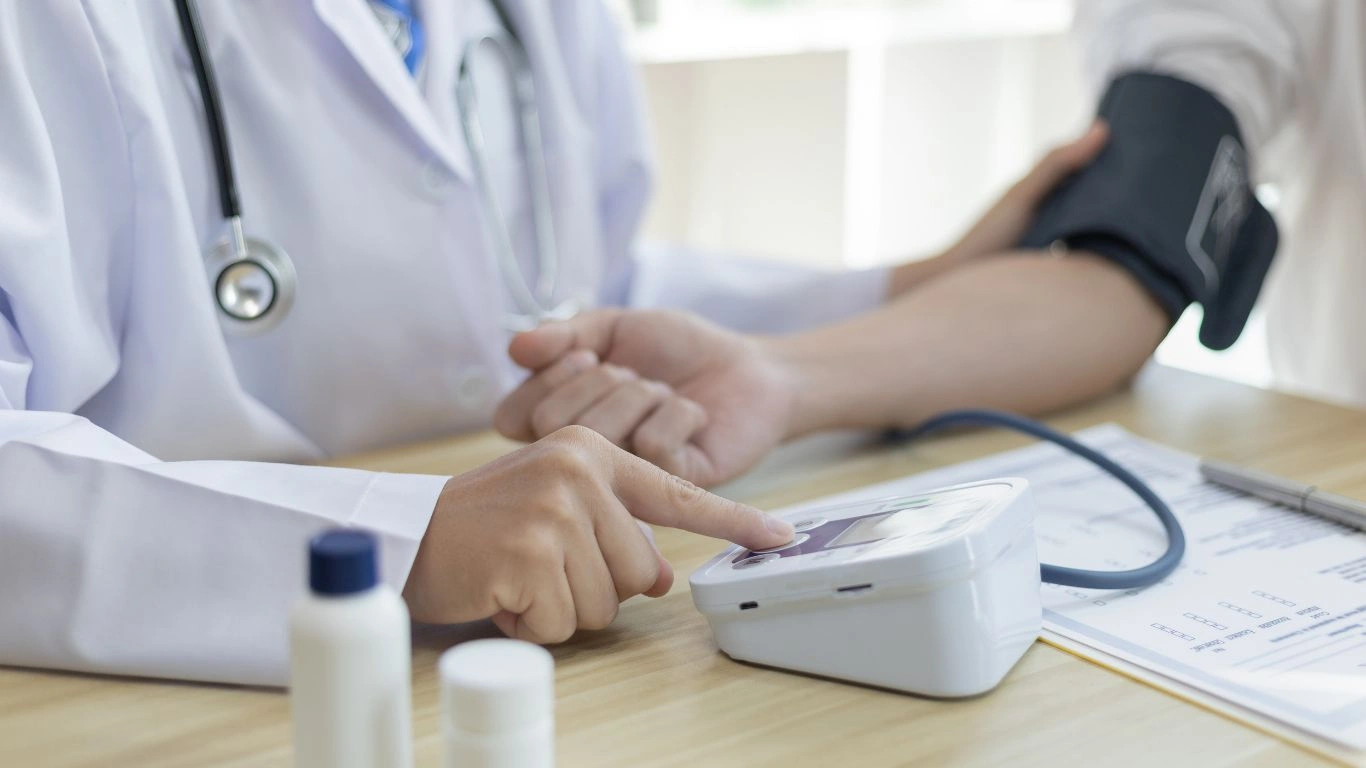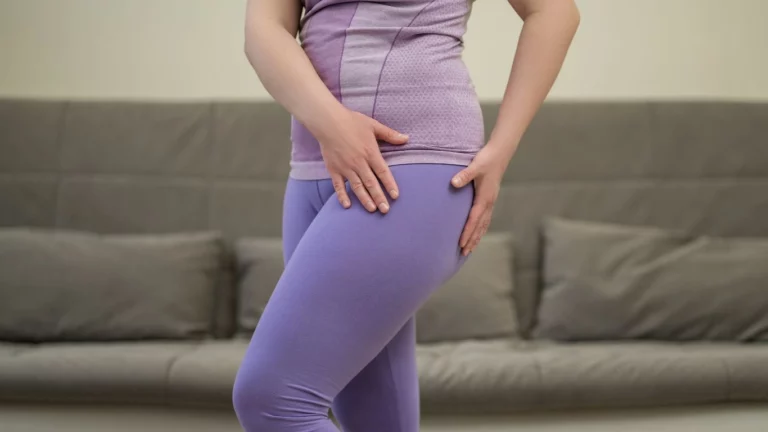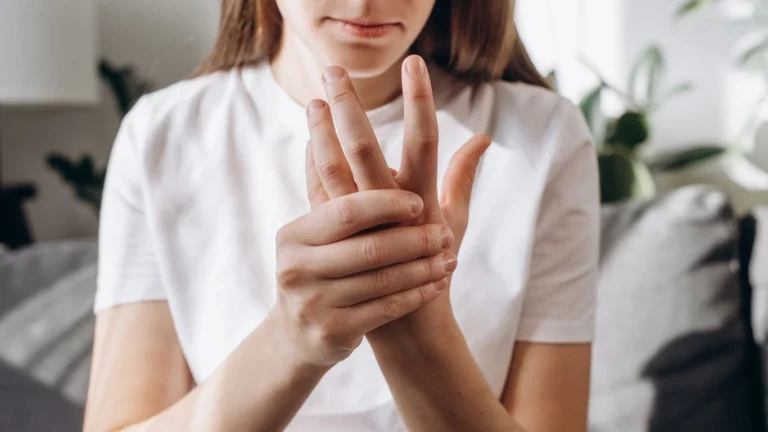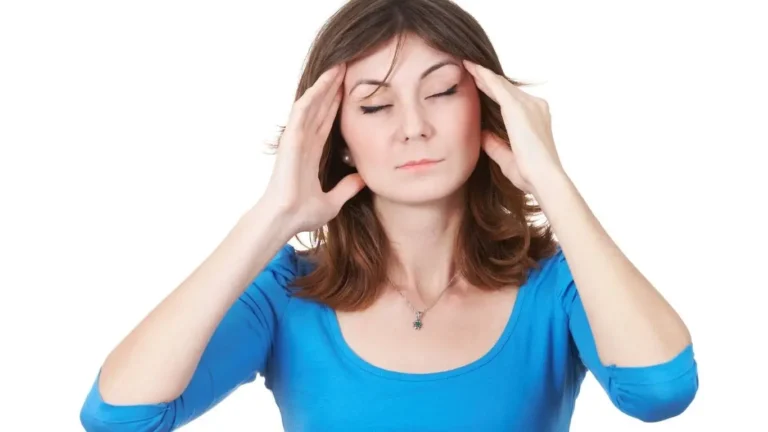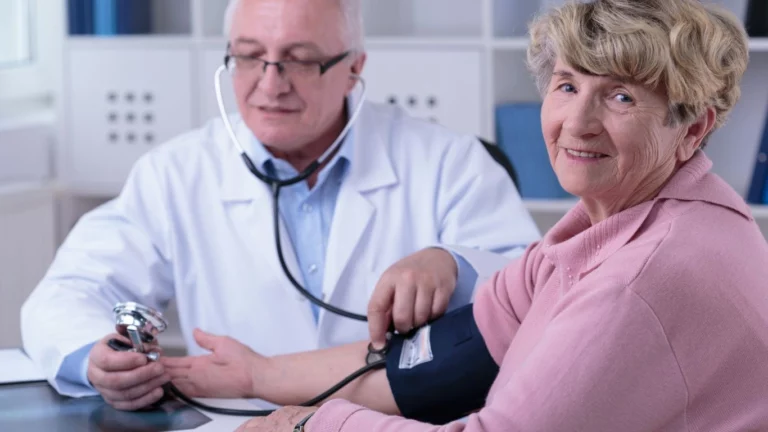How to Control High Blood Pressure Without Medication – Proven Tips!
High blood pressure, or hypertension, is often called the “silent killer” because it sneaks up on people without noticeable symptoms—until it’s too late. As a hypertension specialist, I’ve seen firsthand how this condition can lead to heart attacks, strokes, and kidney disease. But here’s the good news: you can control high blood pressure without medication. I’ve helped countless patients lower their numbers naturally, and in this guide, I’ll walk you through proven lifestyle changes that make a real difference. No boring medical jargon—just practical, easy-to-follow steps to take back control of your health.
Why Managing High Blood Pressure Naturally Matters
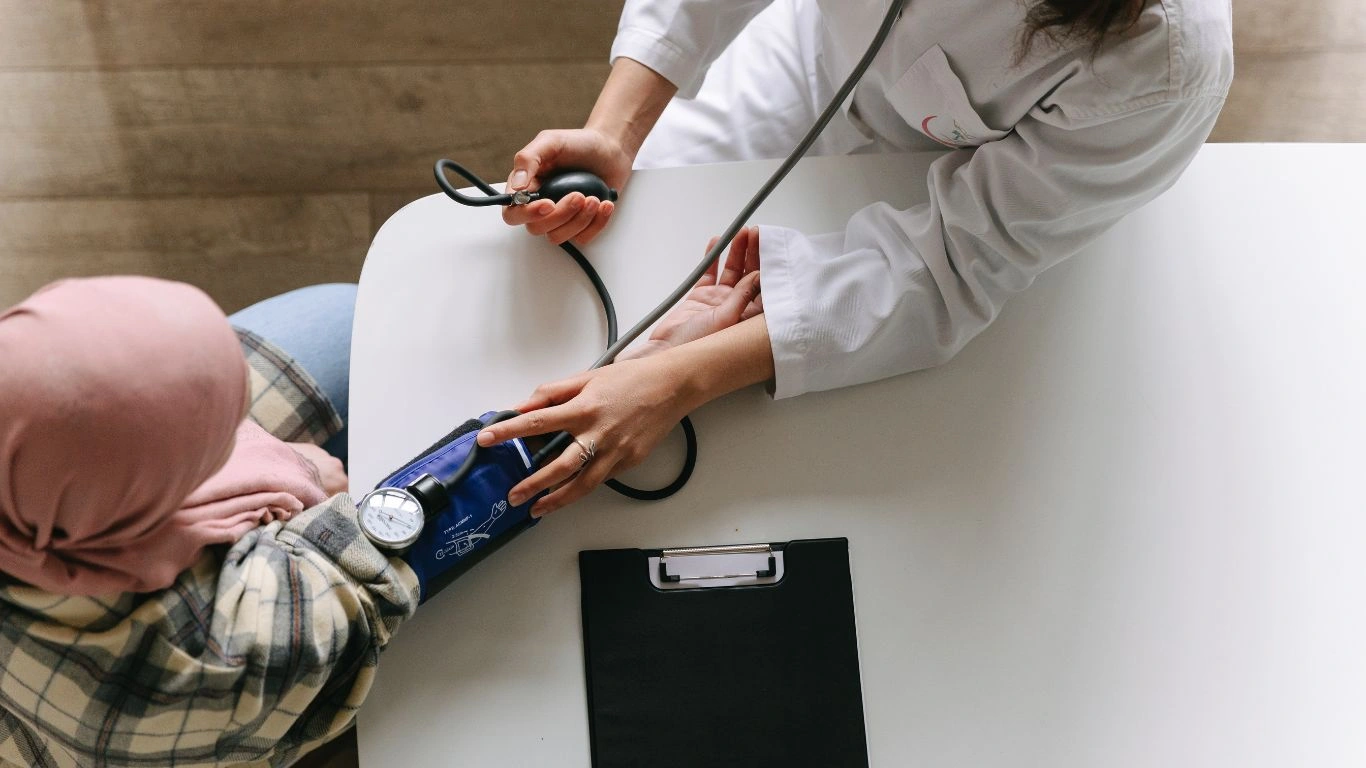
Before we dive into the “how,” let’s talk about the “why.” While medications can be lifesaving, they often come with side effects like dizziness, fatigue, and even sexual dysfunction. Many of my patients have told me they feel like they’re “chained” to their pills, constantly worrying about forgetting a dose. That’s why lifestyle changes are so powerful—they give you back control over your health.
Understanding the Root Causes of High Blood Pressure
Hypertension isn’t just about genetics. Sure, family history plays a role, but your daily habits have an even bigger impact. Factors like poor diet, stress, lack of exercise, and even inadequate sleep can all send your blood pressure soaring.
- Dietary choices: Too much salt, processed foods, and sugar contribute to hypertension.
- Physical inactivity: A sedentary lifestyle weakens the heart, making it work harder.
- Chronic stress: High-stress levels keep your blood pressure elevated.
- Poor sleep: Less than 6 hours of sleep per night is linked to hypertension.
How to Control High Blood Pressure Without Medication
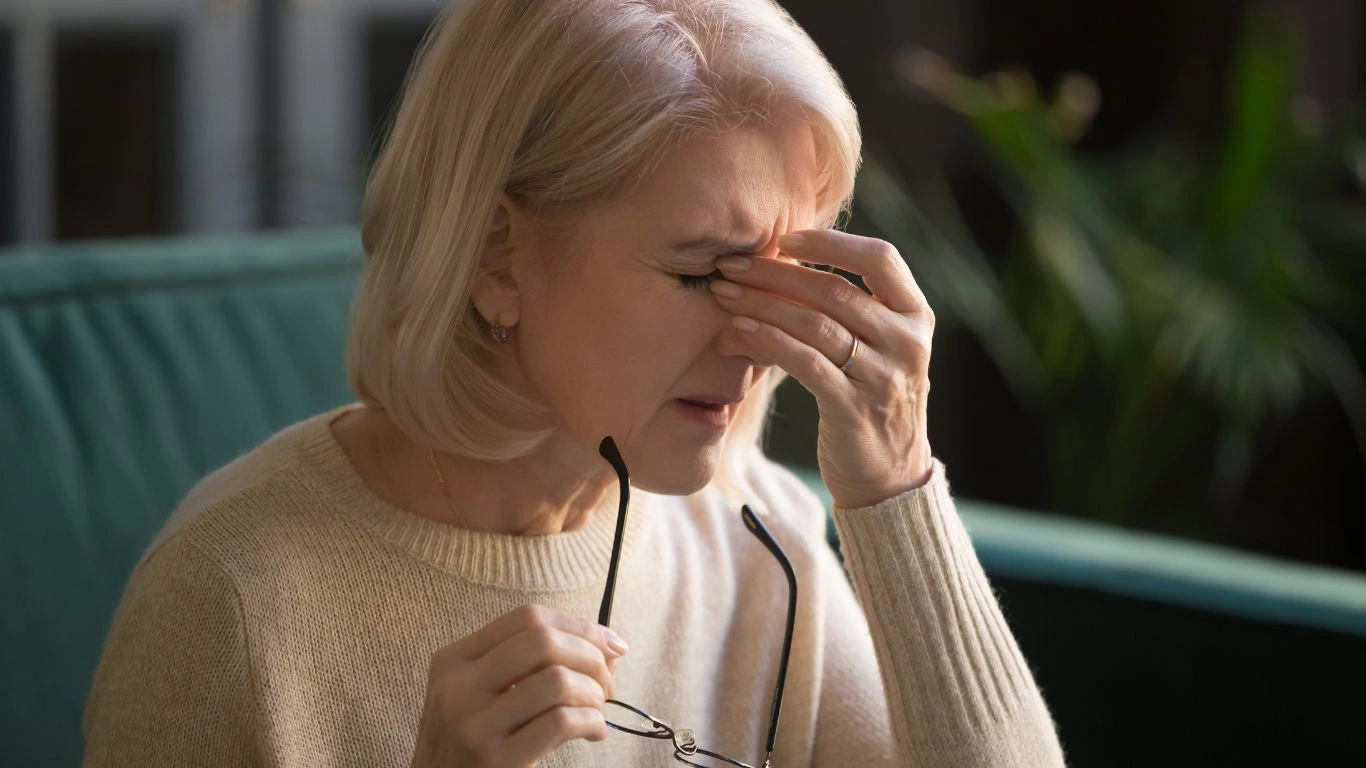
1. Fix Your Diet—It’s More Than Just Cutting Salt
Most people think reducing salt is the only way to lower blood pressure. While it’s important, there’s a lot more to the story. A well-balanced diet packed with the right nutrients can do wonders.
What to Eat:
- Leafy greens: High in potassium, which helps flush excess sodium from your body.
- Berries: Loaded with antioxidants that improve blood vessel function.
- Beets: Naturally rich in nitrates, which help dilate blood vessels.
- Oats: Packed with fiber that supports heart health.
What to Avoid:
- Processed foods—most are loaded with hidden sodium.
- Sugary drinks—excess sugar increases blood pressure.
- Excess caffeine—too much coffee or energy drinks can spike blood pressure levels.
2. Get Moving—Even a Little Helps
Exercise doesn’t have to mean hitting the gym for hours. I always tell my patients, “If you can walk, you can lower your blood pressure.” The goal is to move more than you do now, even if it’s just 10 minutes a day to start.
Best Exercises for Blood Pressure Control:
- Walking—one of the most underrated but powerful exercises.
- Swimming—great for those with joint pain or mobility issues.
- Strength training—helps your heart pump more efficiently.
- Yoga—reduces stress while improving circulation.
When I started incorporating yoga into my routine, I was shocked at how much calmer I felt throughout the day. Less stress = lower blood pressure.
3. Manage Stress Like a Pro
Stress is a major but often overlooked factor in high blood pressure. Your body reacts to stress by releasing hormones that constrict blood vessels and raise heart rate. Over time, chronic stress can keep your blood pressure elevated. But the good news? You can train your body to respond differently.
Quick Stress-Relief Techniques:
- Deep breathing: Inhale for 4 seconds, hold for 4, exhale for 6.
- Meditation: Just 5-10 minutes a day can make a difference.
- Spending time in nature: Walk in a park or garden for instant relaxation.
- Laughter: Watch a funny video—yes, it actually helps!
One of my patients, who was always stressed with work, started taking short “breathing breaks” every hour. Within a month, his blood pressure dropped significantly. It’s amazing what small changes can do.
Stay Tuned for More Proven Strategies
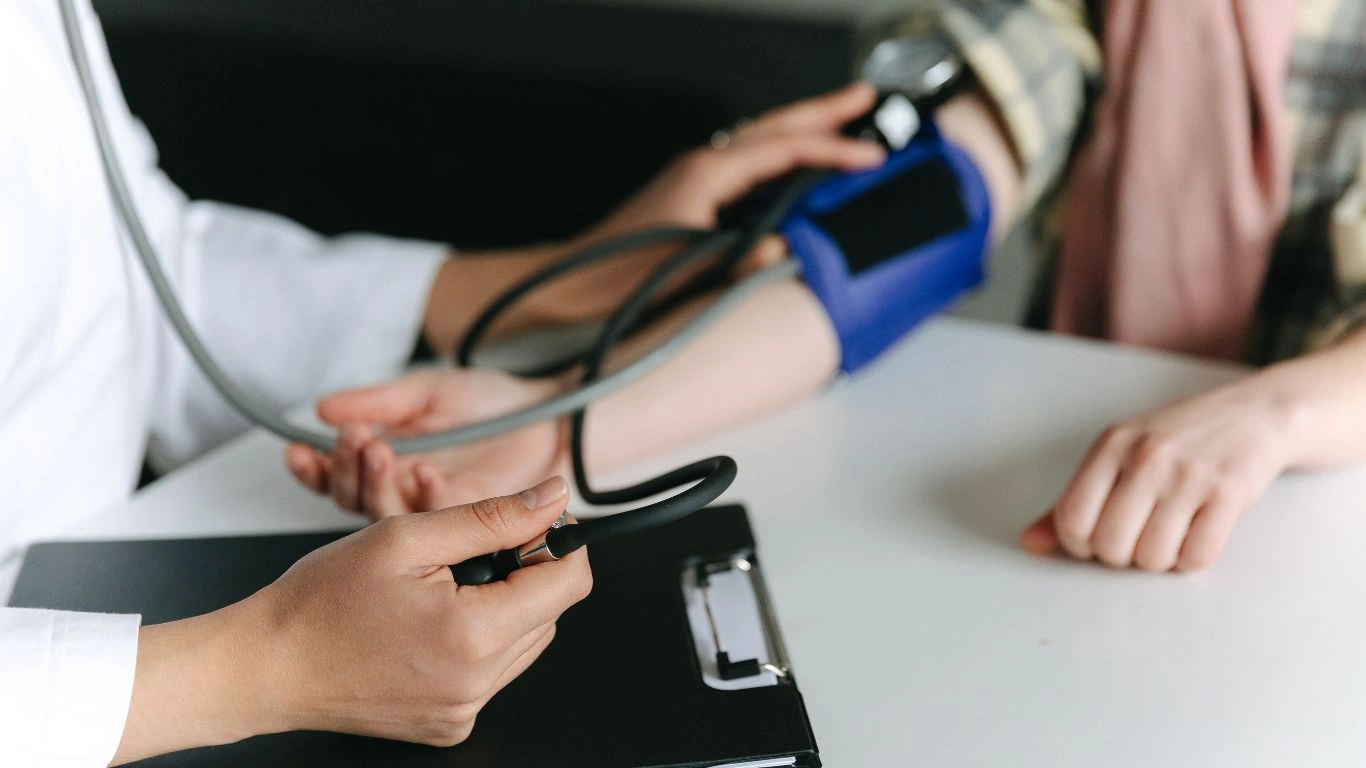
These are just the first steps in naturally lowering blood pressure. There’s a lot more to cover, from improving sleep to choosing the right supplements. Keep going—you’re already on the right path!
Sleep: The Underrated Blood Pressure Fix
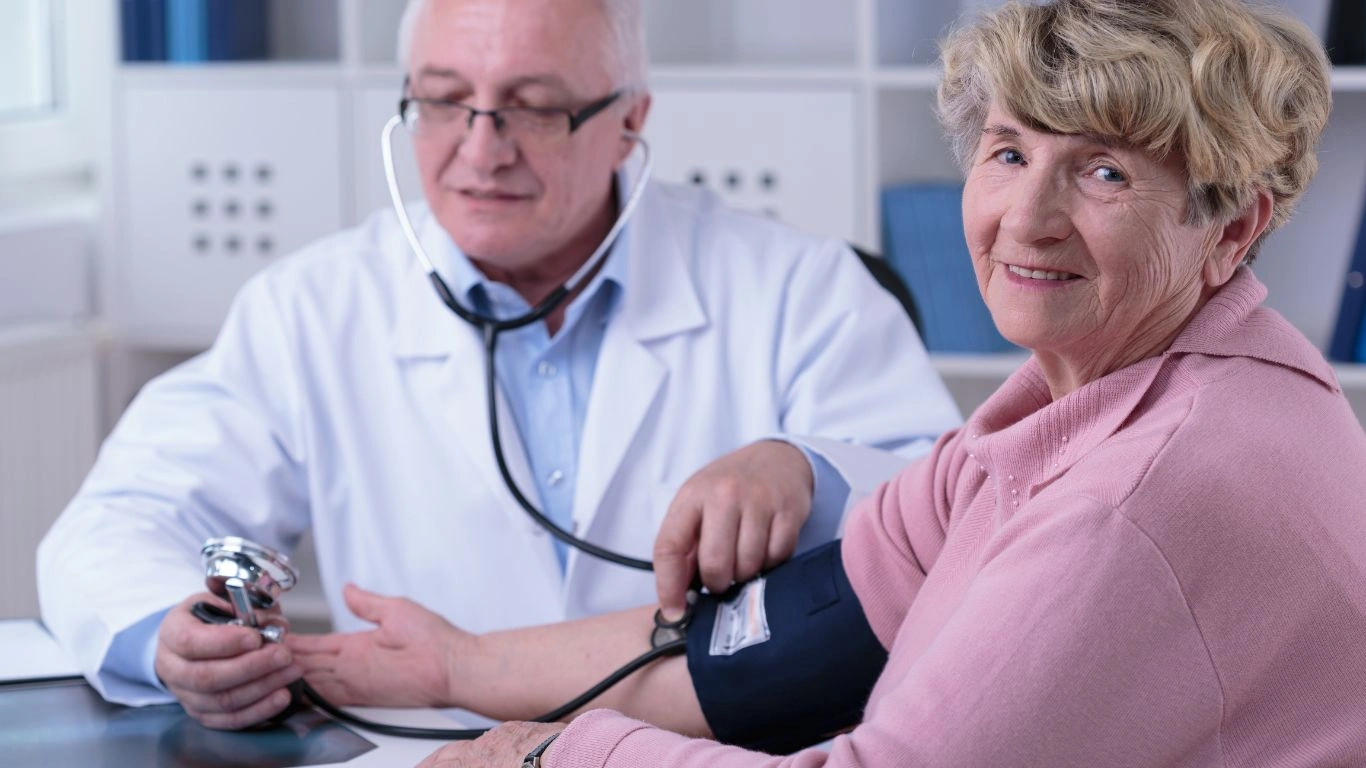
Let’s talk about something people often overlook—sleep. You might be exercising, eating right, and managing stress, but if your sleep is a mess, your blood pressure could still be high. Trust me, I’ve seen it time and time again.
Research shows that consistently getting less than 6 hours of sleep per night can significantly increase your risk of hypertension. Why? Because poor sleep messes with your body’s ability to regulate stress hormones, causing your blood pressure to stay elevated.
How to Improve Sleep for Better Blood Pressure
- Stick to a routine: Go to bed and wake up at the same time every day—even on weekends.
- Avoid screens before bed: Blue light from phones and TVs can disrupt your sleep hormone (melatonin).
- Limit caffeine after 2 PM: It can stay in your system for hours, keeping you wired.
- Try magnesium: Many of my patients have reported better sleep after adding a magnesium supplement.
One of my patients, a busy entrepreneur, struggled with high blood pressure despite eating clean and working out. We adjusted his sleep habits, and within a month, his numbers dropped significantly. Never underestimate the power of quality sleep!
Hydration: Drink Your Way to Lower Blood Pressure
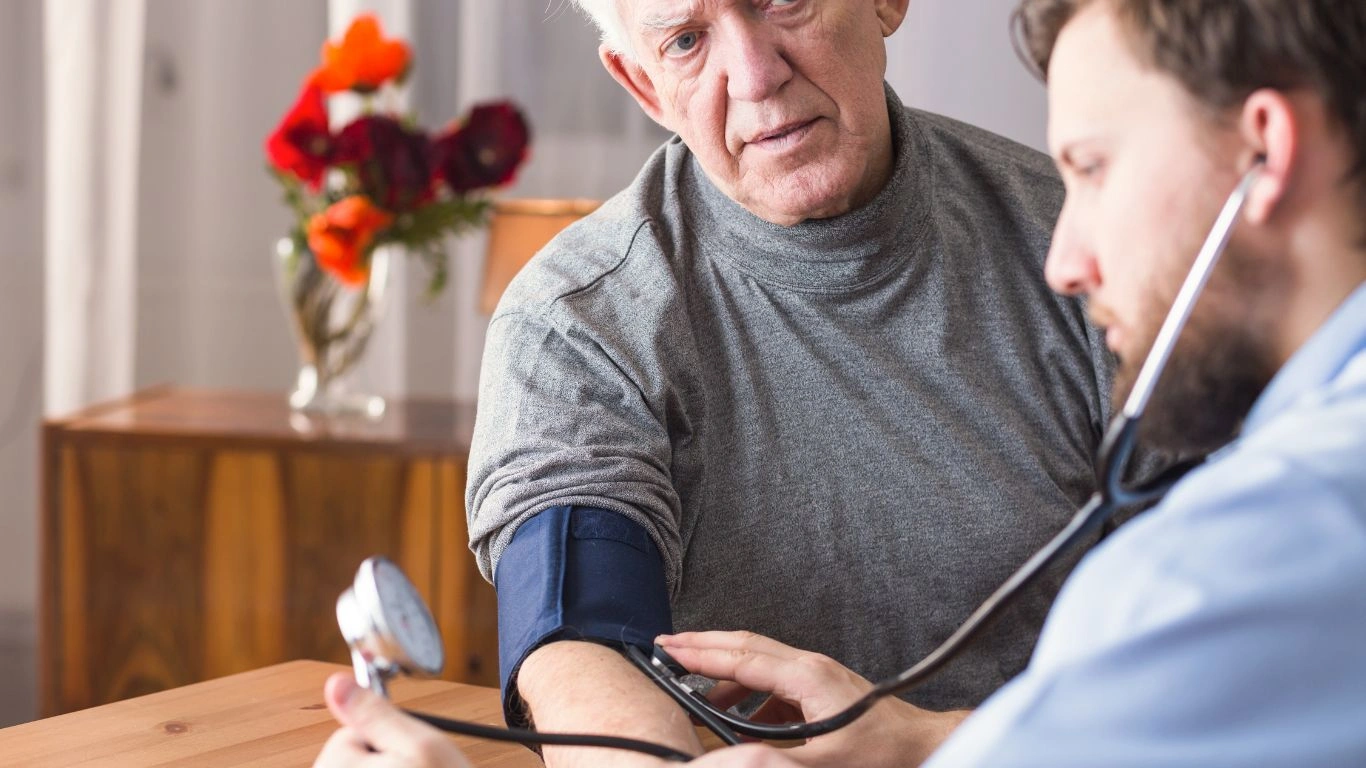
Did you know dehydration can actually raise your blood pressure? When your body doesn’t get enough water, it holds onto sodium, and your blood vessels constrict—both of which send your numbers up.
How Much Water Should You Drink?
There’s no magic number for everyone, but a good rule of thumb is to aim for at least half your body weight in ounces. For example, if you weigh 160 lbs, try to drink at least 80 ounces (about 10 cups) of water daily.
But here’s the kicker—not all drinks count. Sugary drinks, soda, and excessive coffee can dehydrate you further. Stick to:
- Plain water (add lemon for extra benefits!)
- Herbal teas
- Coconut water (great for replenishing electrolytes)
- Infused water (try cucumber, mint, or berries)
One trick I personally love? Setting a reminder on my phone to drink water every hour. Sounds simple, but it makes a huge difference.
The Right Supplements Can Help—But Choose Wisely
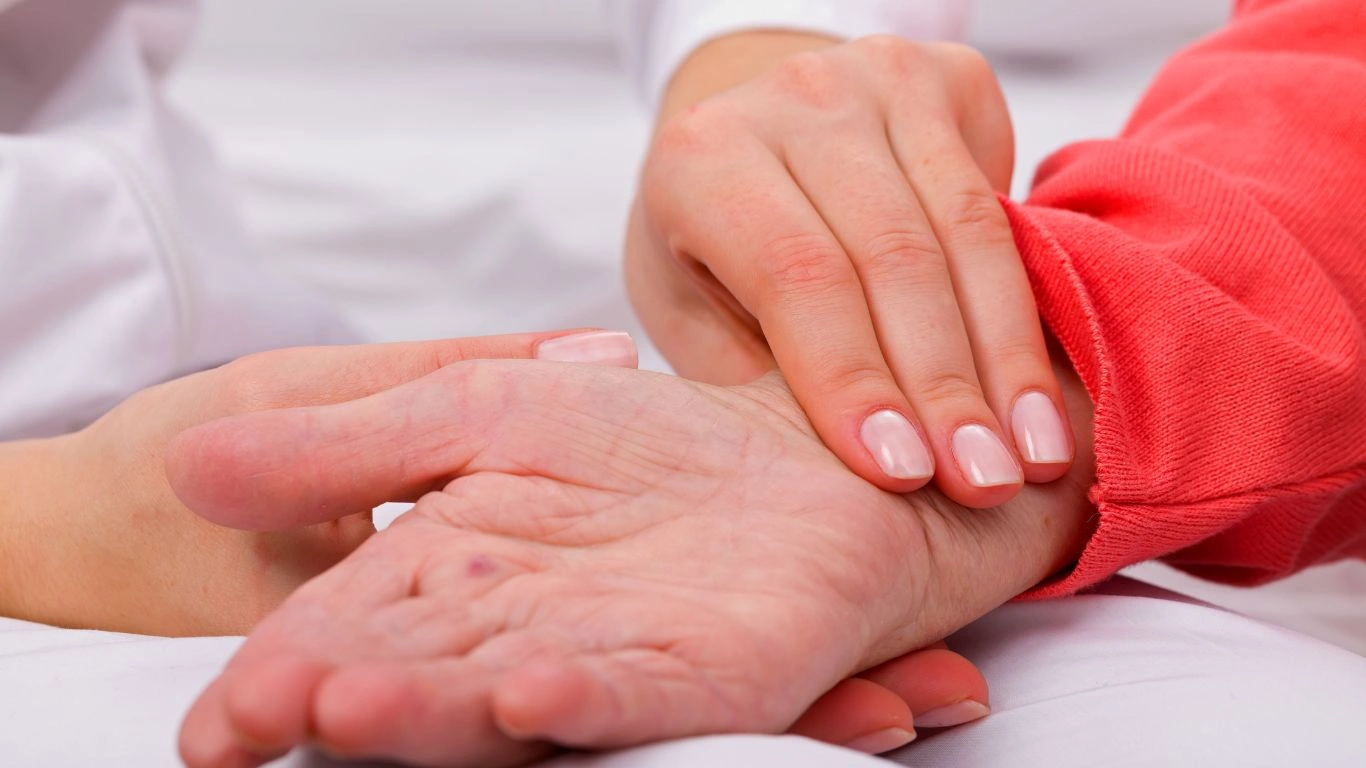
Let’s be real—there’s no “magic pill” for lowering blood pressure naturally. But certain supplements can give your body the extra support it needs. Here are the ones I’ve seen work wonders for my patients:
Top Supplements for Blood Pressure
- Magnesium: Helps relax blood vessels and improve circulation.
- Potassium: Balances sodium levels and reduces tension in blood vessel walls.
- CoQ10: Supports heart health and helps lower blood pressure.
- Omega-3s: Found in fish oil, these fatty acids reduce inflammation and improve heart function.
- Hibiscus Tea: Studies show it works similarly to some blood pressure medications.
Before adding any supplements, check with your doctor—especially if you’re on medication. I’ve seen patients try to self-medicate with supplements without realizing they can interact with their prescriptions.
Putting It All Together: Small Changes, Big Results
By now, you’ve got a solid game plan for naturally lowering your blood pressure. But here’s the thing—you don’t have to do everything at once. Start small. Pick one or two changes and build from there.
- Improve your sleep routine.
- Drink more water daily.
- Incorporate potassium-rich foods.
- Try a stress-relief technique.
- Add a simple exercise like walking or yoga.
Each small change adds up, and before you know it, you’ll be seeing real results. Stick with it—you got this!
Track Your Progress: Monitoring Your Blood Pressure
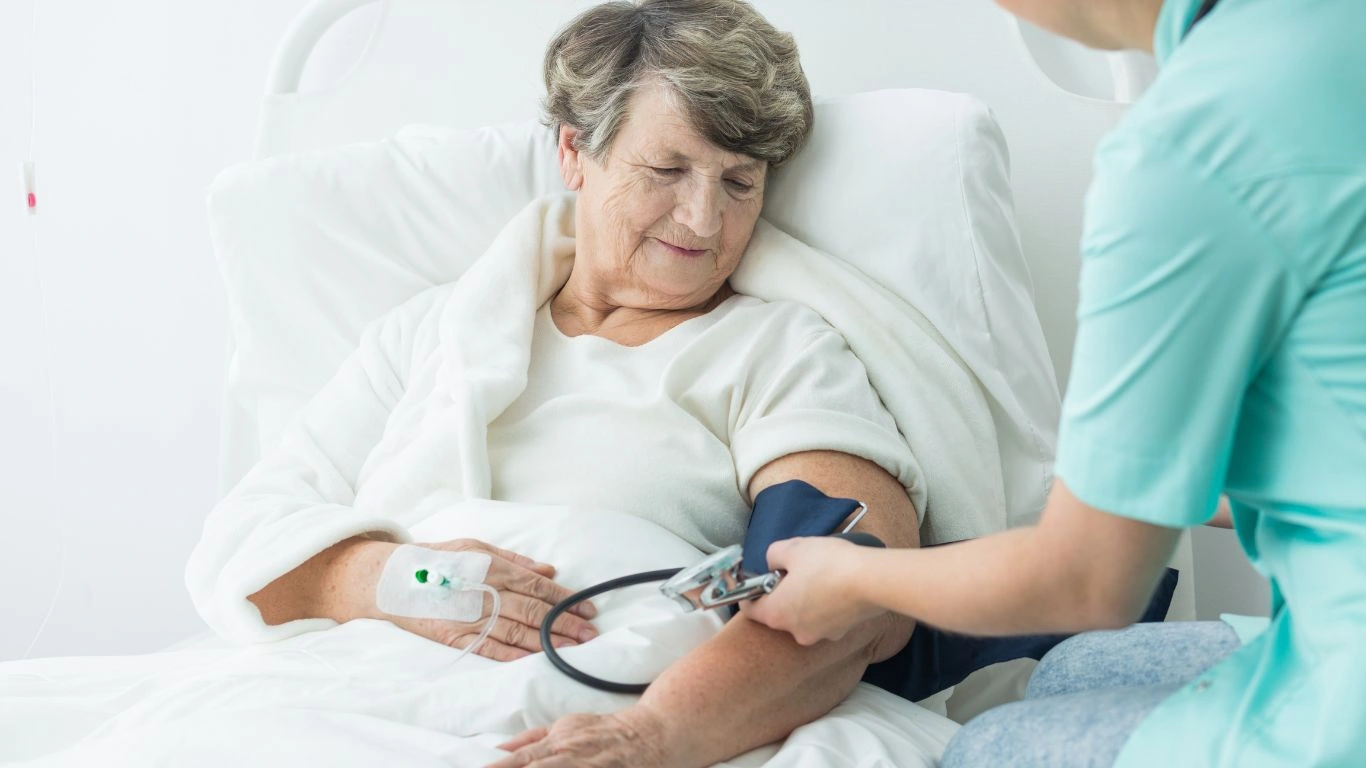
Now that you’ve made some serious strides in controlling your blood pressure without medication, it’s time to stay on top of your progress. Regular monitoring will give you a clear picture of how well your lifestyle changes are working. I always tell my patients, “The only way to know if it’s working is to check!”
How to Track Your Blood Pressure at Home
Using a home blood pressure monitor is simple, and it doesn’t take a lot of time. If you don’t have one yet, I highly recommend getting one. I suggest picking up an automatic cuff-style monitor, which you can easily find at most pharmacies. Make sure you follow the instructions for accurate readings!
Tips for Accurate Readings:
- Take your blood pressure at the same time every day—preferably in the morning before breakfast.
- Rest for 5 minutes before measuring your blood pressure to avoid false highs.
- Keep your feet flat on the floor and your arm at heart level.
- Record your results regularly and bring them to your doctor’s appointments for reference.
Tracking your numbers can help you spot trends, so you can see what’s working and what might need adjusting. It’s a game-changer for staying motivated, too!
Making Long-Term Lifestyle Changes for Sustainable Health

As you continue your journey, keep in mind that controlling blood pressure without medication is all about consistency. It’s about making small, sustainable changes that you can stick with long-term. One of my favorite things to remind my patients is that it’s not about perfection, it’s about progress.
Building Habits That Stick
So, how do you build habits that last? Well, start by keeping things simple. Focus on just one or two changes at a time—if you try to do everything at once, you’ll likely burn out. I’ve had patients who’ve tried to change their diet, exercise, and sleep all in one week. It sounds good in theory, but it’s a surefire way to feel overwhelmed. Gradually building good habits helps make them feel more natural.
Here’s the strategy I recommend:
- Pick one habit to focus on. If you’re trying to reduce salt intake, start with cutting out processed foods.
- Set realistic goals. Instead of saying, “I’ll exercise every day for an hour,” try “I’ll walk for 20 minutes, three times a week.”
- Be patient. Remember, changes take time, and every step forward counts.
One of my patients, who struggled with consistency, decided to start with a 10-minute walk after lunch. After a couple of weeks, he added 10 more minutes, and by the end of the month, he was walking for 30 minutes a day. It was small, but that gradual increase had a major impact on his blood pressure.
Consider Professional Help When Needed
There’s no shame in seeking professional help. While lifestyle changes are incredibly effective, there are times when the support of a healthcare provider can make all the difference. I always tell my patients that health is a team effort. If you find that despite your best efforts, your blood pressure is still high, it might be time to talk to a doctor about potential underlying health issues.
Also, if you ever feel unsure about any of the changes you’re making or need more personalized advice, don’t hesitate to reach out to a healthcare professional. Everyone’s body responds differently, so what works for one person may not work the same for another.
What to Discuss With Your Doctor
- Any new symptoms or side effects from changes you’ve made.
- If you’re still experiencing high blood pressure despite your lifestyle efforts.
- Questions about specific supplements or treatments you’re considering.
- How to monitor your progress more effectively.
Getting a professional’s insight ensures that your approach is as safe and effective as possible.
References
Here are a few resources I recommend for further reading on blood pressure management:
- Health Usias – Your go-to source for health and wellness articles
- CDC – Blood Pressure Control
- Mayo Clinic – High Blood Pressure Treatment
Disclaimer
The information provided in this article is for educational purposes only and should not be considered medical advice. Always consult your doctor before making any significant changes to your diet, exercise routine, or supplement use. This article is intended to provide general guidance based on my personal experience as a hypertension expert. Individual results may vary.

Dr. Gwenna Aazee is a board-certified Internal Medicine Physician with a special focus on hypertension management, chronic disease prevention, and patient education. With years of experience in both clinical practice and medical writing, she’s passionate about turning evidence-based medicine into accessible, actionable advice. Through her work at Healthusias.com, Dr. Aazee empowers readers to take charge of their health with confidence and clarity. Off the clock, she enjoys deep dives into nutrition research, long walks with her rescue pup, and simplifying medical jargon one article at a time.
